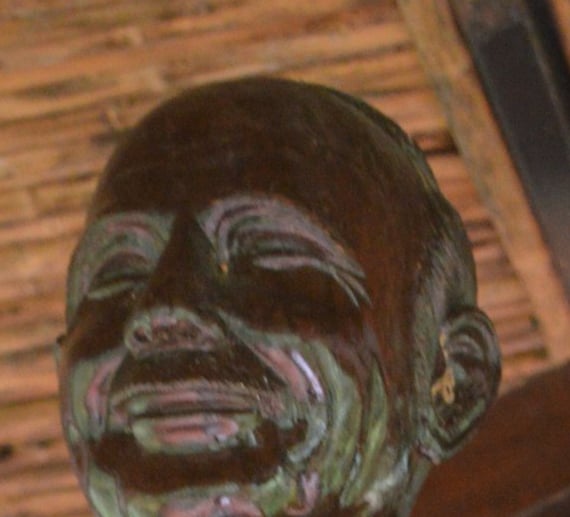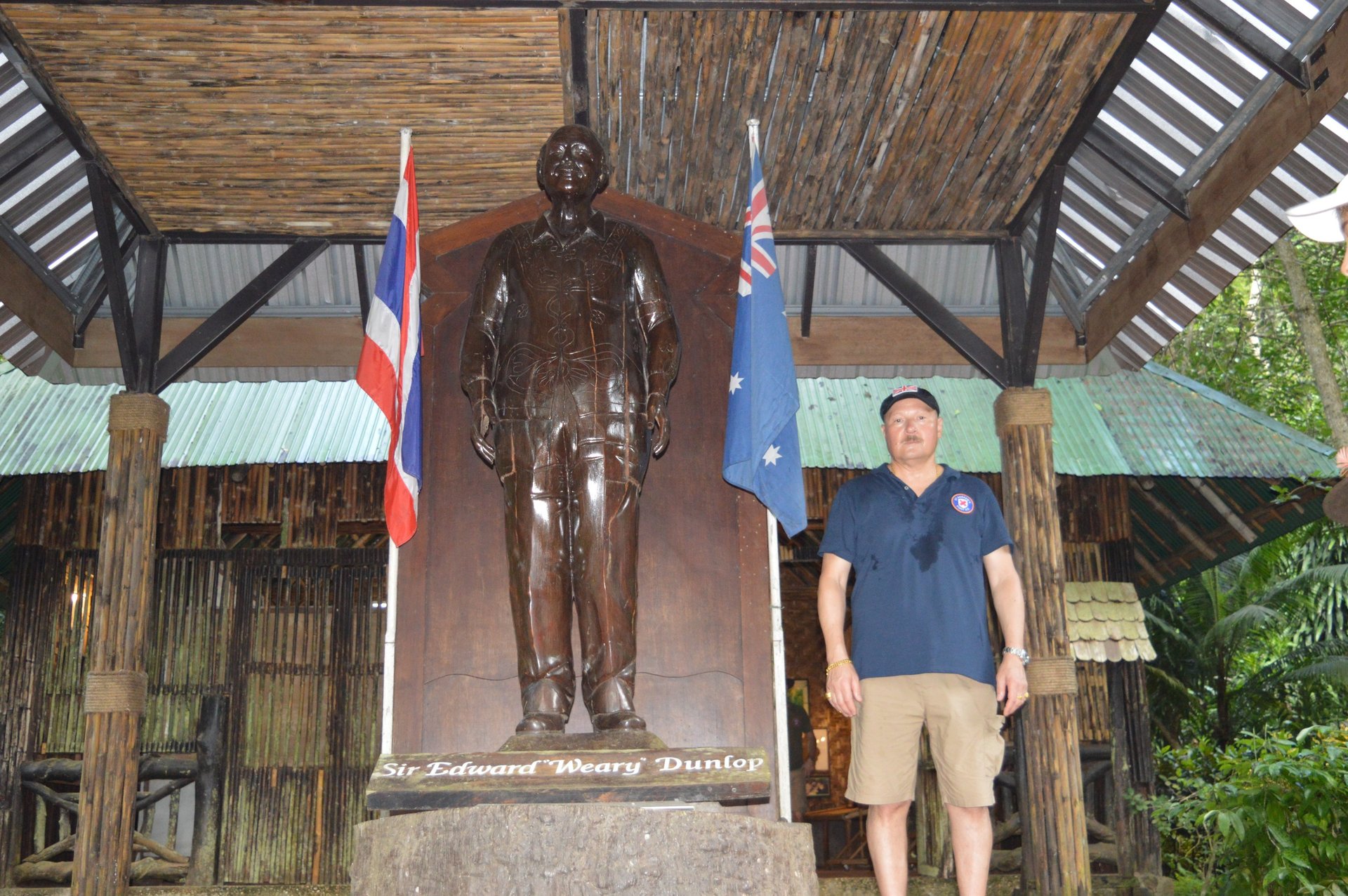
You didn’t come this far to stop
Restoring the Weary Dunlop Memorial Park Entrance
Episode 27: Reviving the Weary Dunlop Statue
At the heart of the Weary Dunlop Memorial Park stands a towering 3-meter wooden statue of the legendary Australian surgeon and prisoner of war, Sir Edward "Weary" Dunlop. This statue has become an iconic symbol, welcoming visitors and honoring Dunlop's legacy. However, over time, the elements have taken a toll, and the statue has begun to show signs of wear and tear, with rot and decay setting in.
IN THEIR FOOTSTEPS BLOGWEARY DUNLOP MEMORIAL PARK
Toursofwar.com
3/5/20245 min read
Enhancing the Presentation


Our restoration team, in collaboration with the St Andrews team, has made it a priority to restore this cherished landmark before it falls apart. We will carefully disassemble the statue, treat the wood to weatherproof it and prevent further deterioration, and apply a fresh coat of stain to restore its vibrant appearance. This meticulous process will ensure that the statue continues to stand tall, serving as a powerful reminder of Weary Dunlop's unwavering spirit and the sacrifices made by the prisoners of war.
To further enhance the presentation of the Weary Dunlop statue, we will be installing new lighting around the small hut that it sits under. This will not only improve the visibility of the statue but also create a more inviting and atmospheric experience for visitors.
Installation of POW Silhouettes
Inspired by Jack Chalker's drawings, we plan to create silhouettes of POWs and guards, bringing history to life with the addition of solar-powered LED lighting. These life-size silhouettes will be strategically placed at the park's entrance, with six statues showcasing the prisoners of war as they worked on the railway, creating a poignant and impactful backdrop. We also plan to install 20 more silhouettes on the hill overlooking the park, further commemorating the immense hardships endured by the prisoners. These silhouettes will be placed throughout the park to create a ghostly atmosphere, serving as a haunting reminder of the past.
Our goal is to design, cut out, build, and install these silhouettes ourselves. However, if the project proves too challenging, we will consider outsourcing the manufacturing. This installation will ensure the stories of those who toiled on the railway are vividly remembered.
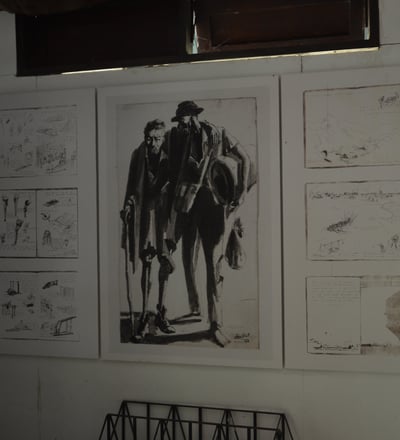

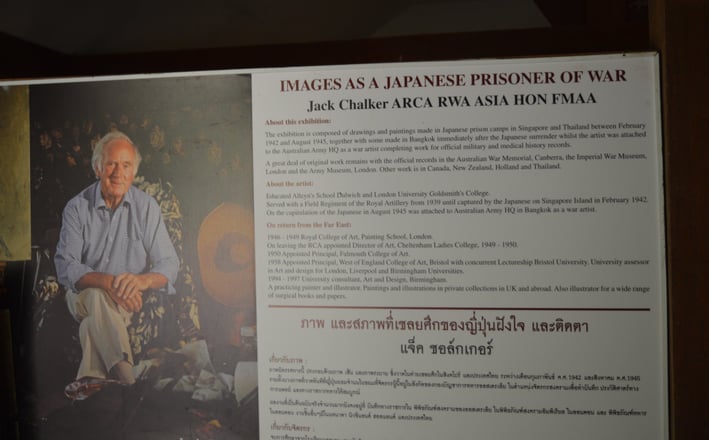

Death Railway Graphic
Alongside the restored statue, we will be erecting new informative signage. This includes a 7-meter sign of the Thai-Burma Death Railway, highlighting each POW camp along the railway and featuring the Dunlop trains. This expansive graphic will be placed prominently in the park, providing a comprehensive view of the railway's historical significance.
A significant part of our signage project includes a 7.2-meter map of the Death Railway, highlighting each POW camp along the railway and featuring the Dunlop trains. This expansive graphic will be placed prominently in the park, providing a comprehensive view of the railway's historical significance. The map will be accompanied by a 2.4-meter by 1.2-meter signage that pays tribute to Kanit Wanachote, the man who dedicated this park in honor of his friend Weary Dunlop.
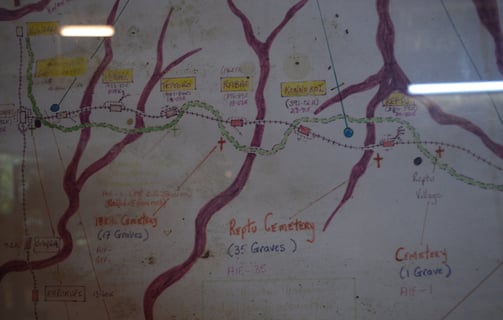


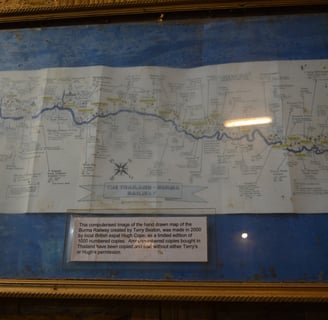
Did You Know?
Time of Construction
The Thai-Burma Railway, also known as the Death Railway, was constructed over a 17-month period from June 1942 to November 1943. This rapid construction timeline was a testament to the intense labor and harsh conditions endured by those who built it.
Length of Line
Spanning an impressive 420 kilometers, the Death Railway connected Ban Pong in Thailand to Thanbyuzayat in Burma (now Myanmar). This vast stretch of railway was intended to support the Japanese war effort during World War II.
Earthworks
During the construction of the railway, approximately 4,000,000 cubic meters of earth were moved. This monumental task involved backbreaking labor, often with minimal tools and in extremely challenging conditions.
Bridgework
A total of 14 kilometers of bridgework were erected along the railway. These bridges were critical to spanning the numerous rivers and gorges along the route, showcasing the engineering challenges faced during the construction process.
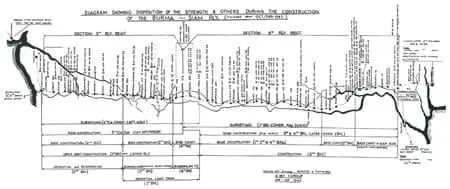

These staggering figures highlight the immense scale of the Thai-Burma Railway project and the extraordinary efforts of the tens of thousands of laborers, including Allied prisoners of war and Asian civilians, who endured unimaginable hardships to complete this railway. Their legacy is a poignant reminder of the human cost of war and the resilience of the human spirit.
Tribute to the Park's Founder
To honor the remarkable friendship between Weary Dunlop and Kanit Wanachote, the Thai businessman who dedicated 15 acres of his resort to create the Weary Dunlop Memorial Park, we will be constructing a special tribute wall.
This wall will showcase the story of their bond, highlighting Kanit's unwavering dedication to preserving Weary's legacy and the sacrifices of the prisoners of war.
Budget and Funding
To achieve our restoration goals, we estimate a budget of $5,000 to $7,000 to complete this task. This funding will cover:
Restoration of the Weary Dunlop statue, including weatherproofing and staining.
Installation of new lighting around the statue.
Creation and installation of POW silhouettes.
Design and production of informative signage.
Creation and installation of the 7-meter Death Railway graphic.
Construction of the tribute sign.
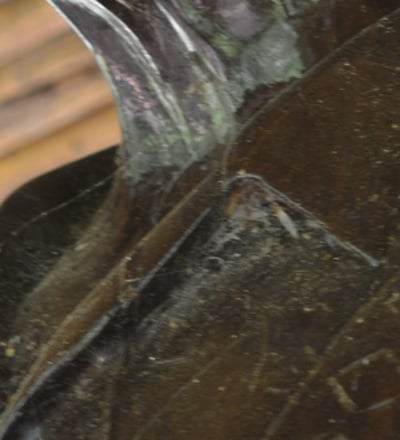

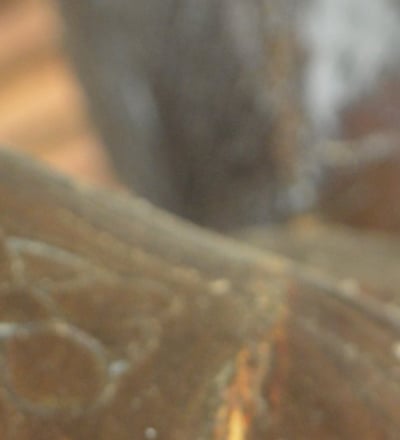

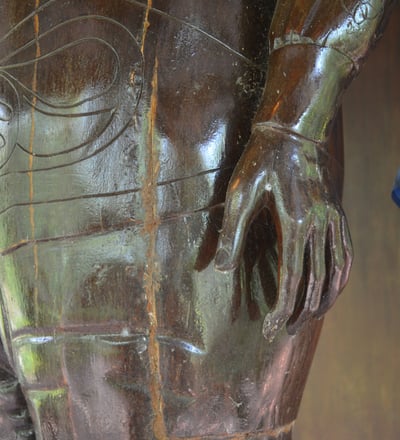

St. Andrews Team Contributions
The St. Andrews team is playing a crucial role in our efforts. They will be building the silhouette statues and the Death Railway signs, ensuring these elements are crafted with precision and respect. Their expertise and dedication are invaluable to our project, and we are grateful for their support.
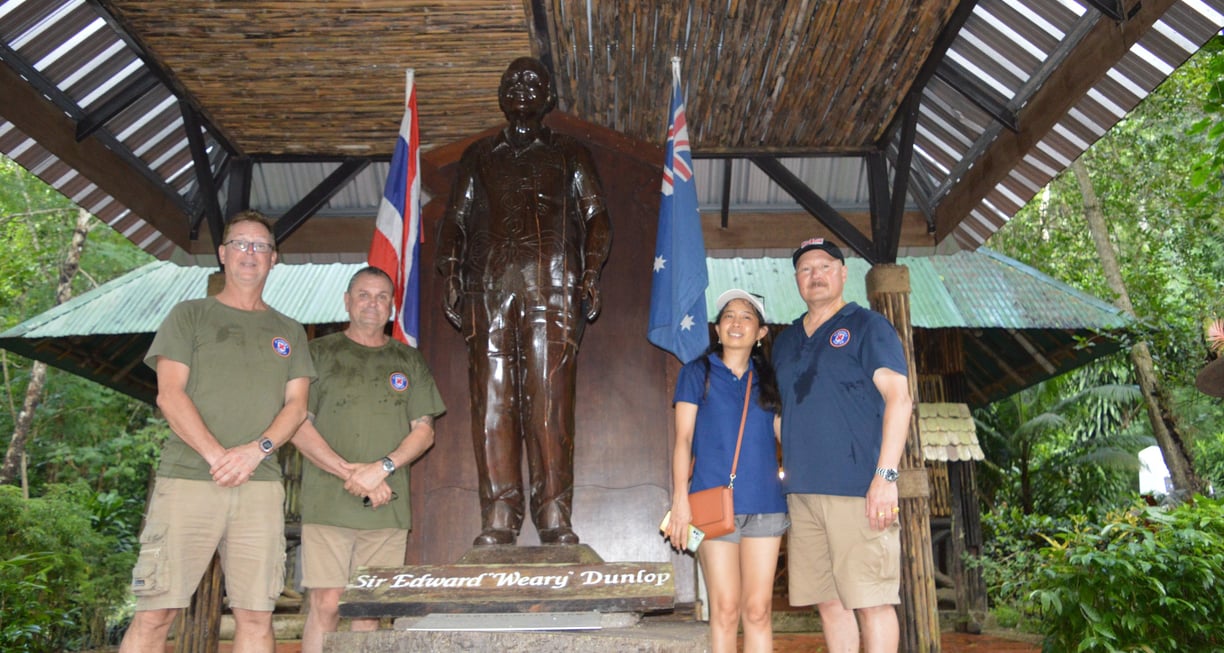

How You Can Help
We are seeking donations and support to meet our budget and complete these essential projects. Every contribution brings us closer to preserving this important historical site. Here's how you can support us:
Donations: Every dollar counts. Contribute directly to our restoration fund.
Booking Services: Book a guided tour or accommodation through our site to support our efforts.
Merchandise: Purchase from our upcoming range of merchandise tours for a unique and engaging park experience.
Corporate Sponsorship: Partner with us for sponsorship opportunities and help us preserve this historical legacy.
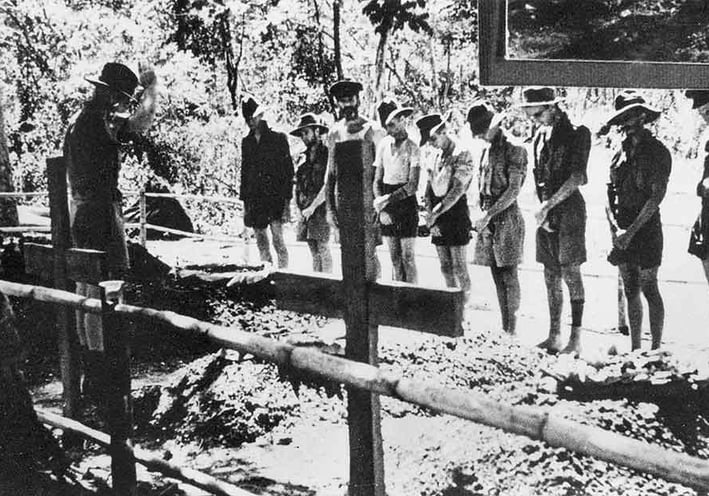

Conclusion
The restoration of the Weary Dunlop statue, the installation of POW silhouettes, and the addition of new signage and a tribute sign are crucial steps in our ongoing efforts to revitalize the Weary Dunlop Memorial Park. By preserving this iconic landmark and sharing the rich history of the site, we aim to inspire visitors and ensure that the legacy of Weary Dunlop and the prisoners of war continues to be honored and remembered for generations to come.
Join Us
Join us over the next few episodes as we explore each section of the park, assess what needs to be done, and witness the transformation of the Weary Dunlop Memorial Park. Together, we can restore this park to its former glory and ensure it remains a poignant reminder of the sacrifices made during one of history's most challenging periods. Thank you for your support!
